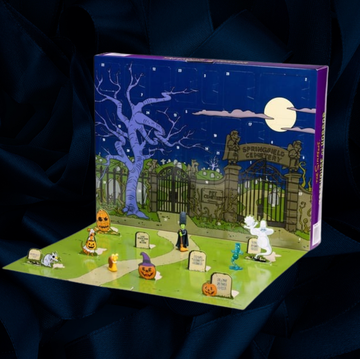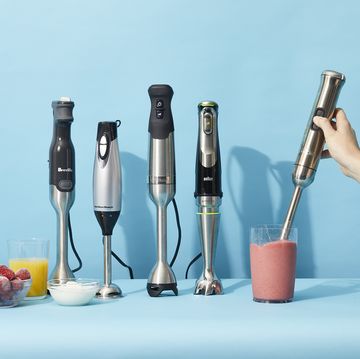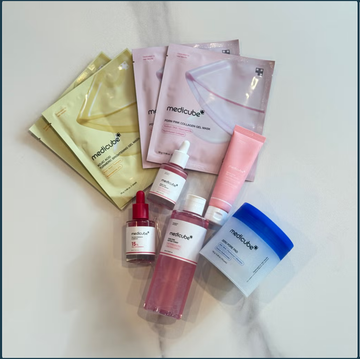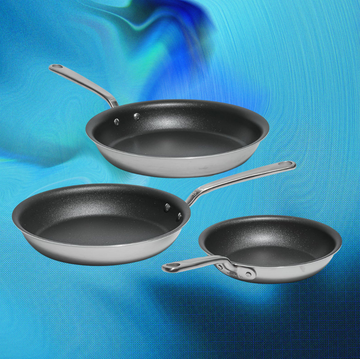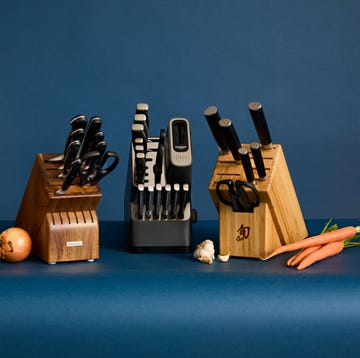4 Best Wooden Cutting Boards, According to Testing
We hacked veggies, herbs, whole chicken and more to see which boards could handle it all.

We've been independently researching and testing products for over 120 years. If you buy through our links, we may earn a commission. Learn more about our review process.
Other than a kitchen knife, a cutting board may be the most frequently used tool in the kitchen. One of the best types is a large wooden cutting board because it's durable, easy on your knife, provides enough surface area for most meal prep tasks and — it's worth noting — looks great on your counter. A wooden cutting board can also double as a serving platter for an epic charcuterie board or expertly carved roast. It's important to source a quality board that you can use for a variety of tasks for years.
Experts in the Good Housekeeping Institute Kitchen Appliances & Innovation Lab and Test Kitchen put large wooden cutting boards to the test. Each board we tested measured between 11 to 16 inches tall and 17 to 22 inches wide (medium cutting boards measure closer to 10 x 15 inches) and was subject to dicing vegetables, slicing meat and bread, staining and more. Here are the best oversized cutting boards, according to testing by culinary professionals. Our overall pick from Teakhaus ultimately became one pro tester's new go-to board. We hope you find yours, below.
Samantha (she/her) is the Senior Editor at Delish, where she edits the most-talked-about food news and features on the internet. In her previous role as Assistant Editor in the Good Housekeeping Test Kitchen, she taste-tested hundreds of products and recipes (tough job!). A graduate of Fordham University, she considers the kitchen to be her happiest place.
Tina (she/her) is the food producer of the Hearst Lifestyle Group. She comes to Hearst with 10 years experience in the world of food styling for editorial, digital and television platforms. When she’s not cooking in her tiny Brooklyn kitchen, she can be found enjoying a beer at a local brewery, hiking in a national park or enjoying an afternoon at the beach.
Nicole (she/her) is the director of the Good Housekeeping Institute's Kitchen Appliances and Innovation Lab, where she has overseen content and testing related to kitchen and cooking appliances, tools and gear since 2019. She’s an experienced product tester and recipe creator, trained in classic culinary arts and culinary nutrition. She has worked in test kitchens for small kitchen appliance brands and national magazines, including Family Circle and Ladies’ Home Journal.

Readers Also Read

Mariska Hargitay Walks 2025 Emmys Red Carpet

The Most Useful Kitchen Gadgets

The Best Electric Toothbrushes

12 Things to Throw Out ASAP in September













